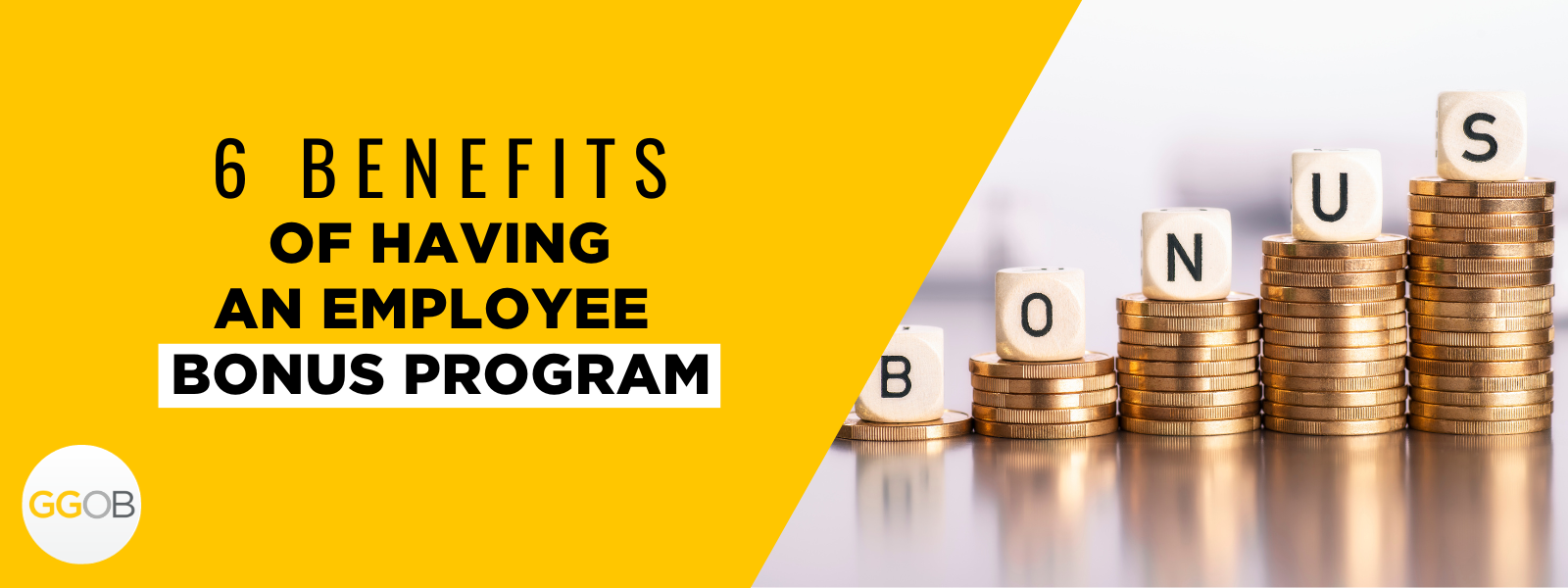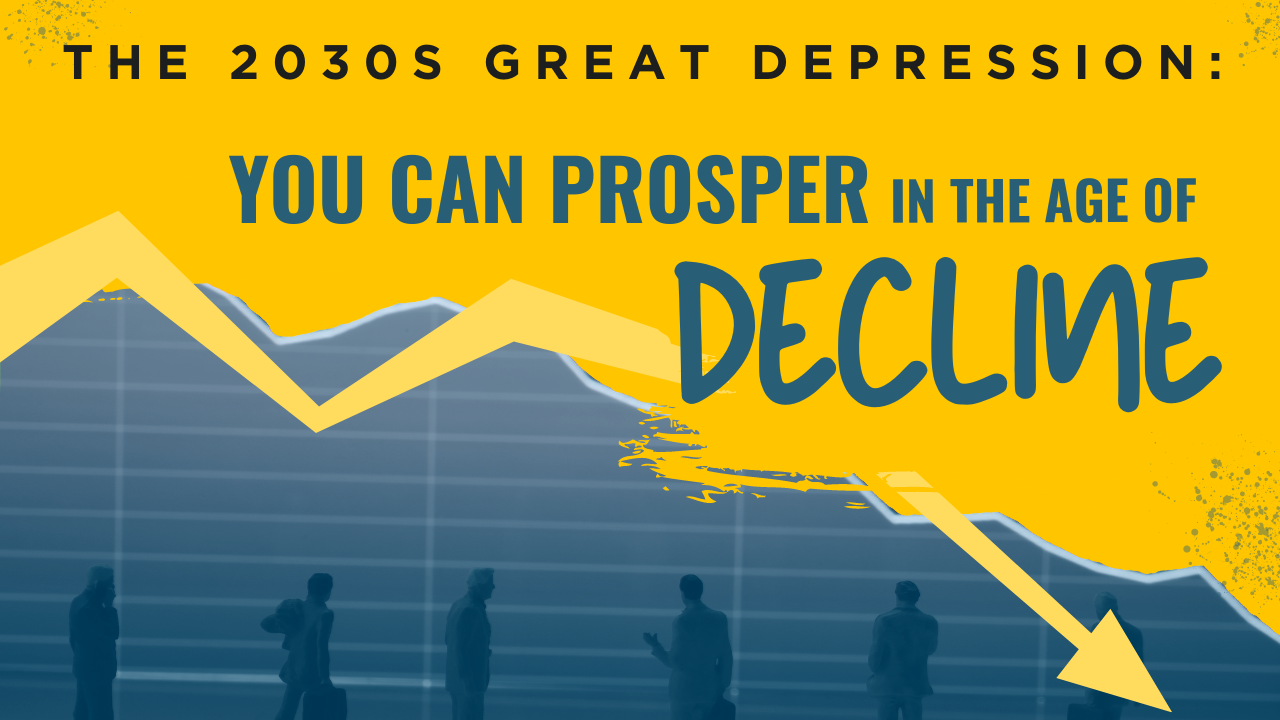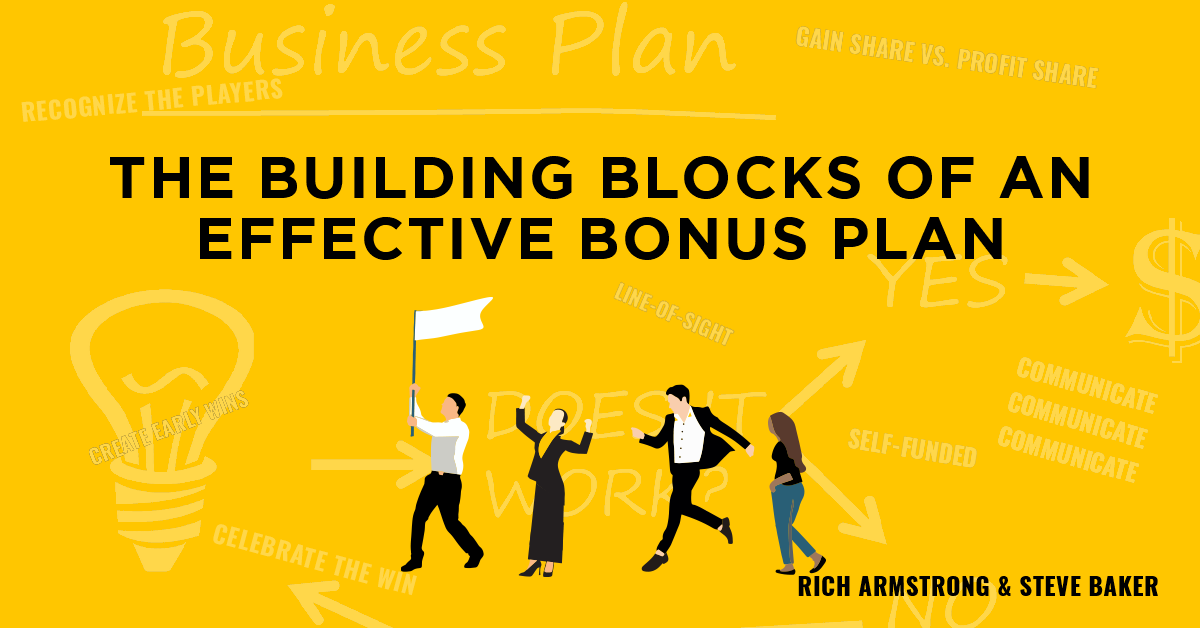
There are two things people want more than sex and money... recognition and praise. - Mary Kay Ash
There’s a big difference between getting people to come to work and getting them to do their best work. While money and other forms of compensation are important, employees have been telling us for years what really motivates them to perform at higher levels is recognition and a reward for a job well done.
Recognition comes in many forms and each form is vital in creating a work environment where employees are engaged. When recognition is consistently and fairly applied, it results in employees who describe themselves as satisfied, involved, loyal, committed, and motivated. As Stephen Covey says, “Next to physical survival, the greatest need of a human being is psychological survival, to be understood, to be affirmed, to be validated, to be appreciated.”
Highly engaged, and in turn, highly motivated employees come together to form teams of communicators, innovators, and achievers. The end result is a company with a superior workforce, an energized work environment, high levels of performance and productivity, and satisfied, loyal customers—in other words, a competitive edge in the marketplace!
So, how do you achieve workplace engagement and motivation? Check out these tools to apply best recognition techniques for each individual employee.
Recognition with Praise
Surveys reveal that over 50% of managers believe they do a “good job” of recognizing and rewarding their employees. Unfortunately, only a small percent of their employees agree with them. How can we improve the effectiveness of our recognition efforts? We can personalize our efforts to the preferences of each individual and make recognition public.
Personalized Praise
This includes praise or tangible rewards that have been tailored to an individual’s unique personality or interests. Employees highly value this type of recognition because a reward or praise cannot be personalized unless someone takes the time to get to know them. It sends the message that they are valued for who they are, not just for what they do—they are seen as a person, not just a clock number. Good stuff!
Another way to personalize praise is to speak an employee’s “language” when showing them how much you appreciate them and their contributions. In The 5 Languages of Appreciation in the Workplace, the research contends that every employee has a preferred appreciation language—words of affirmation, quality time, acts of service, tangible gifts, and physical touch (let’s keep it appropriate, people!)
Using someone’s preferred language to effectively communicate appreciation and encouragement not only hits the mark with employees but also results in higher levels of job satisfaction, healthier workplace relationships, and lower turnover rates.
Public Praise
Although some employees don’t value public praise (be sure to ask them!) most want us to make a fuss over them before their peers, before management, and if possible, before their friends and family. Team meetings or Huddles, newsletters, e-news, Huddle notes, and awards events are all excellent opportunities to make praise public.
Learn your employees' preferences with this employee recognition profile created by GGOB's Donna Coppock:
This blog was inspired by Rich Armstrong and Steve Baker's book Get in the Game: How to Create Rapid Financial Results and Lasting Cultural Change.
Other articles you might like:
.png)














.png)

